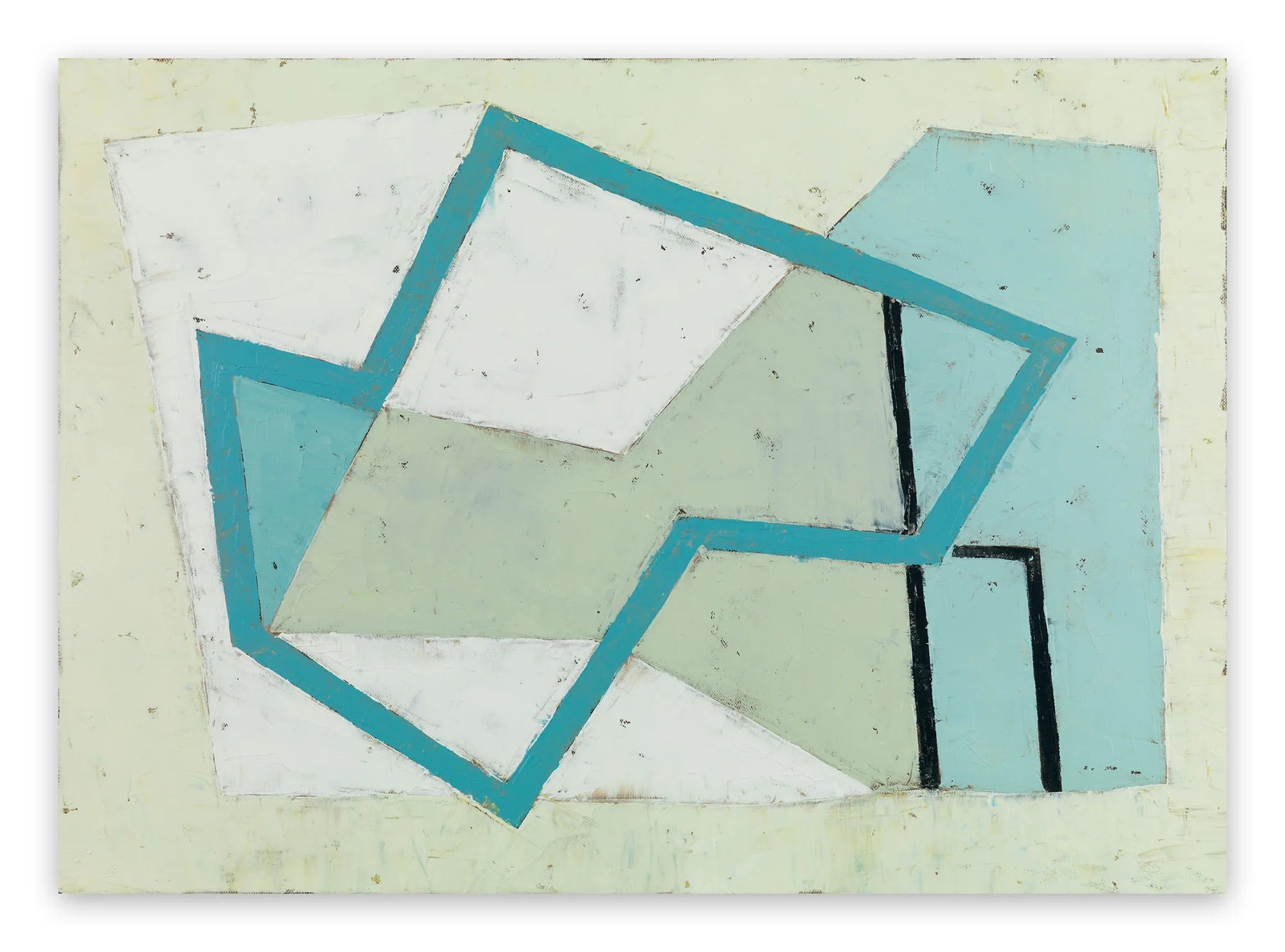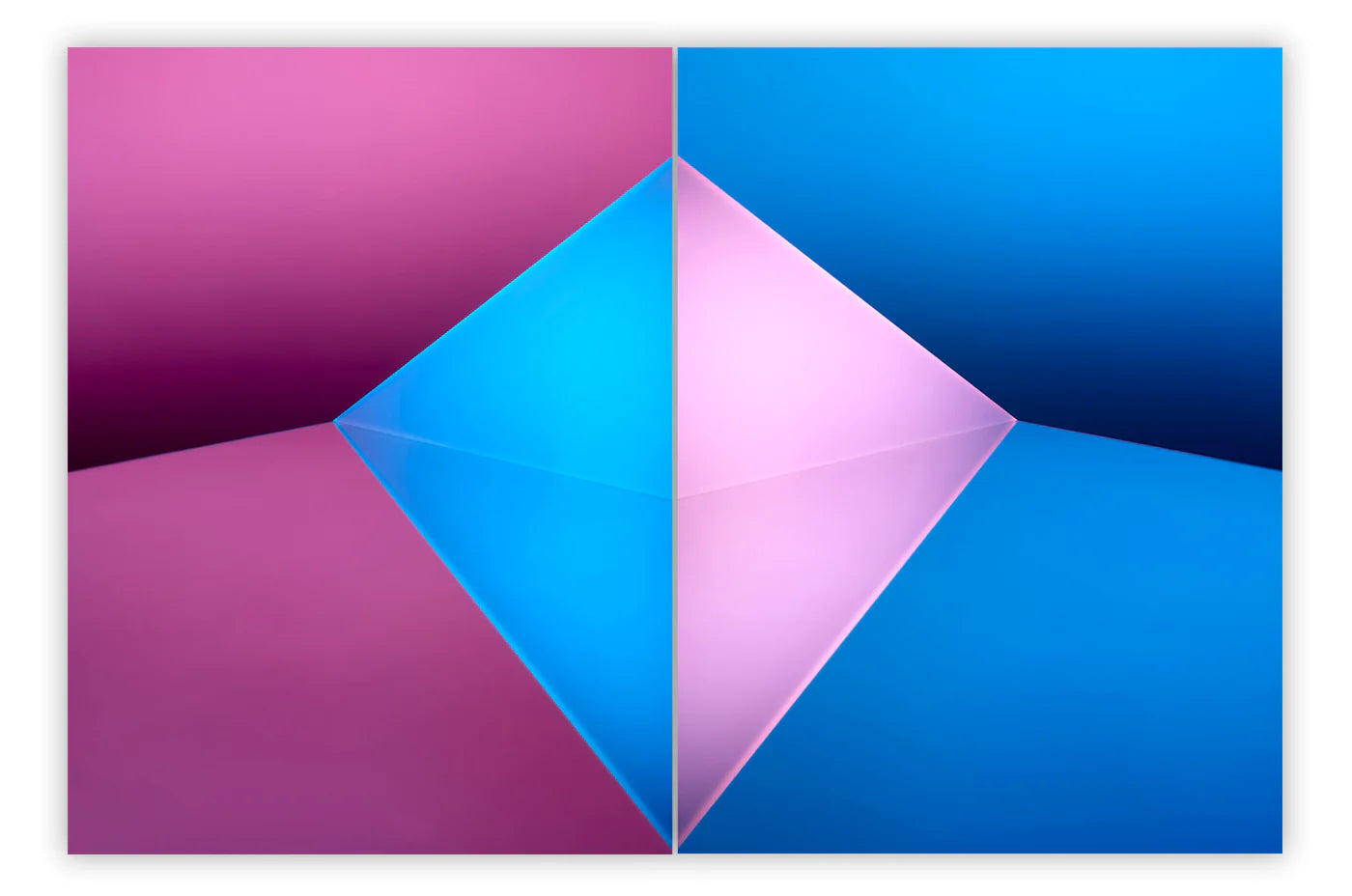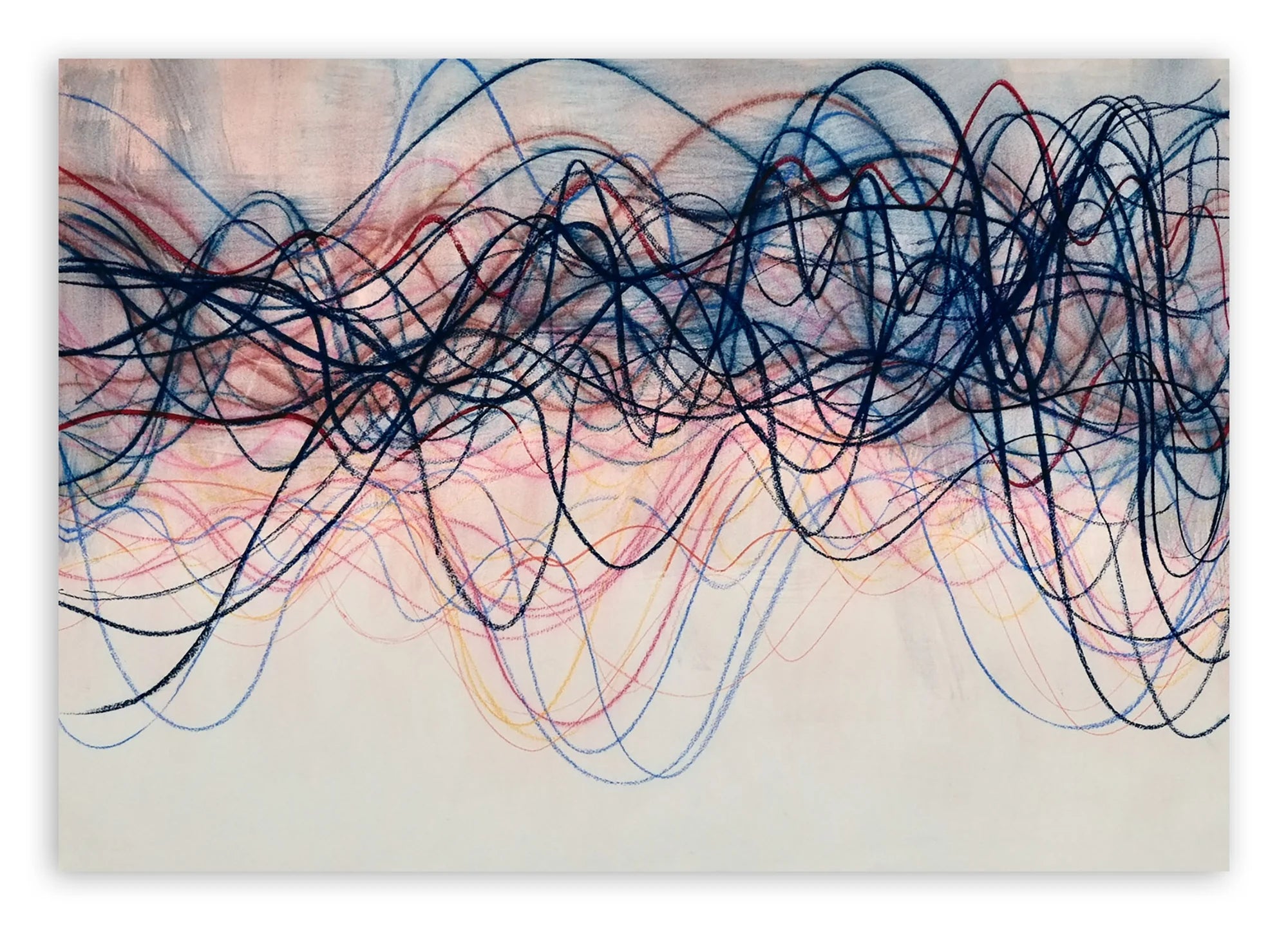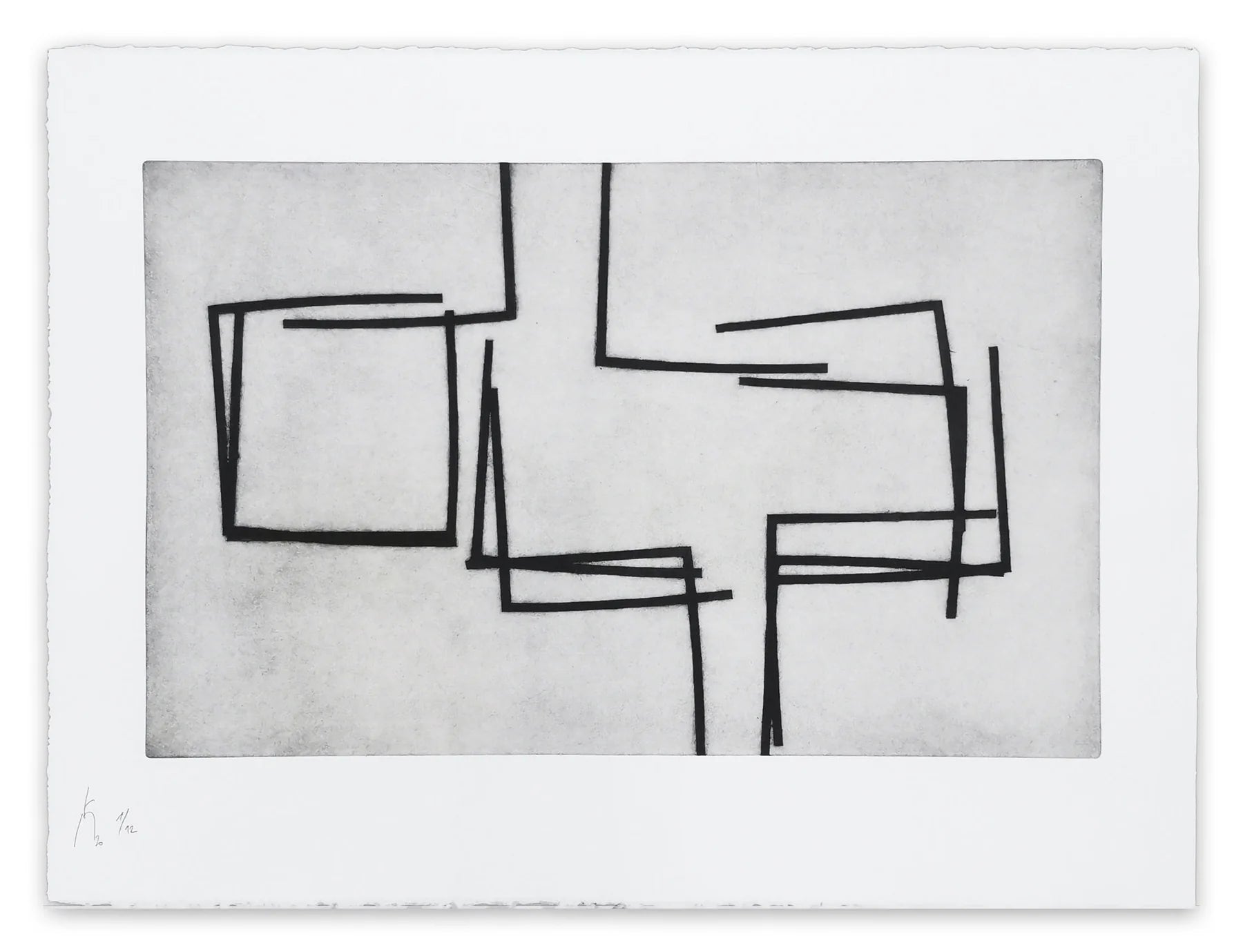
抽象藝術中的極簡主義:歷史與當代表達之旅
極簡主義以其清晰、簡約和對本質的專注吸引了藝術界。作為對早期如抽象表現主義等運動表現強度的反動,極簡主義通過剝除藝術至最基本的元素:形式、色彩和空間,重塑了我們對藝術的看法。但極簡主義真的是一個運動嗎?還是更應被理解為一種風格方法?它的影響如何在當代藝術家,特別是由 IdeelArt 代表的藝術家的抽象創作中持續共鳴?讓我們一起探索極簡主義的根源、先驅,以及其原則如何繼續蓬勃發展。
極簡主義的起源
極簡主義作為一種正式的藝術運動始於1950年代末,並在1960年代於美國逐漸興起。它作為對抽象表現主義情感和手勢複雜性的回應,偏好秩序、精確和物質性,而非個人表達。受簡化與純粹哲學的影響,極簡主義藝術家試圖去除不必要的元素,專注於觀眾與藝術品本身之間的互動。
「極簡主義」這個詞並非由藝術家們自行選擇,而是由評論家用來描述這一日益增長的趨勢。像 Donald Judd, Agnes Martin, Frank Stella 和 Dan Flavin 這樣的藝術家是核心人物,他們各自嘗試幾何、重複和工業材料。他們的作品模糊了繪畫、雕塑與空間之間的界線,常常邀請觀眾在身體和空間層面與藝術互動。例如,Agnes Martin 通過她細膩的格狀畫布探索寧靜與內省,而 Donald Judd 則以強調形式和材料而非隱喻或象徵的三維結構聞名。
雖然極簡主義常被視為一個運動,但有人認為它更應被理解為一種風格語言或方法,而非一個有組織的整體團體。與超現實主義或達達主義等運動不同,極簡主義缺乏統一的宣言或意識形態框架。相反地,它由共同的美學感知所聯結,專注於「現有的」而非「可能的」。
雖然極簡主義常被視為一個運動,但有人認為它更應被理解為一種風格語言或方法,而非一個有組織的整體團體。與超現實主義或達達主義等運動不同,極簡主義缺乏統一的宣言或意識形態框架。相反地,它由共同的美學感知所聯結,專注於「現有的」而非「可能的」。
極簡主義今日與 IdeelArt
極簡主義的持久遺產在當代藝術家的創作實踐中依然可見,他們為現代時代重新詮釋其原則。在 IdeelArt,有多位藝術家創作出與該運動對簡化、平衡與物質性的關注相呼應的作品,卻又帶來獨特的視角。他們的作品與 Donald Judd, Agnes Martin 及 Ellsworth Kelly 等人物所建立的理想展開豐富對話,同時回應新的語境與方法。
以 Emma Godebska 為例,她在標記創作上的手法為極簡主義引入了表現性的維度。她的作品在情感共鳴與結構清晰之間取得微妙平衡,呼應了 Joan Mitchell 的情感特質,同時展現出類似當代水墨藝術家 Yeo Shih Yun 的形式與克制能量。Godebska 簡約卻充滿動感的筆觸將畫布轉化為冥想空間,每一條線條既刻意又本能。

Emma Gobedska,《Golden Green 08》,2021(左),《Memento 03》,2022(右)。藝術家提供。
同樣地,Daniel Goettin 延伸了極簡主義對空間關係的探索。他的場域特定作品運用工業材料和幾何排列,建立在 Donald Judd 的理念之上,同時提供了藝術與建築互動的鮮明當代視角。Goettin 的創作實踐與 Olafur Eliasson 等藝術家的作品相呼應,透過強調簡約與物質性的空間介入來吸引觀眾。

Daniel Göttin,Network 40,澳洲悉尼 Peloton 的場域特定裝置(2008)。藝術家提供
Pierre Muckensturm 採用深刻內省的極簡主義手法,創作單色作品,探索表面的質感與深度。他在色調和形式上的細微變化讓人聯想到 Agnes Martin 的冥想感受,但他對物質性的關注也與 Richard Serra 作品中所見的觸覺豐富性相呼應。Muckensturm 的作品邀請觀者放慢腳步,細細體會表面與空間的微妙之處。

Richard Serra,《Shiver》,2009(左)- Pierre Muckensturm,《13P2261》,2013(右),藝術家提供。
同時,Tom McGlynn與Debra Ramsay皆探索色彩與結構的互動,儘管方式各異。McGlynn 大膽而極簡的構圖強調視覺清晰,喚起Ellsworth Kelly大型飽和色域的感覺。另一方面,Ramsay 利用重複與細微色調變化創造出既系統化又詩意的作品。她對色彩的有條不紊探索與Josef Albers的精確性相呼應,但作品仍保持當代活力。

Ellsworth Kelly,《Blue And Green Over Orange》,1964(左)- Tom McGlynn,《Survey 3》,2013(右)。藝術家提供。
最後,Arvid Boecker透過材質實驗的視角詮釋極簡主義。他的質感色域與層疊表面讓人聯想到Sean Scully的冥想材質感,但 Boecker 的作品仍紮根於對色彩、形態與空間關係的嚴謹探索。

Arvid Boecker,從左至右:#1625,2023,#1606,2023,#1694,2024。藝術家提供。
在 IdeelArt,這些藝術家共同展現了極簡主義當代詮釋的多樣性。雖然他們共同堅持減法與簡約的基本原則,但每位藝術家都帶來獨特的聲音,展示極簡主義如何持續演變與啟發。欲探索更多這些藝術家及其他擁抱極簡抽象的作品,請造訪我們精選的收藏。
為什麼要購買極簡抽象藝術?
極簡抽象藝術對收藏家和藝術愛好者皆具獨特吸引力。其永恆的美學、對簡約的專注以及改造任何空間的能力,使其成為個人及企業收藏中多功能且強大的補充。
極簡作品常與現代室內設計相得益彰,以其最純粹的形式帶來寧靜與平衡。無論您是資深收藏家還是剛開始探索,探索極簡藝術都是投資於和諧與深度作品的絕佳方式。
極簡主義的傳承持續激勵藝術家並吸引全球收藏家。在 IdeelArt,我們慶祝這一持久風格的多樣性與演變。
探索我們完整的極簡抽象藝術收藏,找到完美作品,豐富您的收藏或改造您的空間。
精選圖片:Debra Ramsey,《Honeysuckled 4》,2016。藝術家提供。






